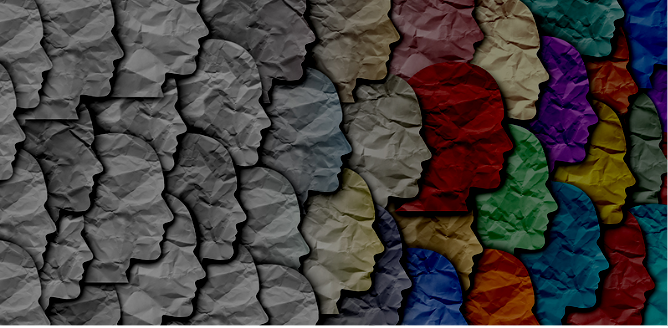ATD Blog
Workplace Diversity: Seek Sustainable Change
Tue Oct 27 2020

The next time the conversation shifts to diversity in the workplace, make sure you’re speaking the same language as others. That’s the advice Stacey Gordon shared early in her session “Making Workplace Diversity W.O.R.K.” during the Association for Talent Development’s Virtual Conference: Unleash Potential. Gordon, chief diversity strategist at Rework Work, pointed out that the word diversity holds different meanings for individuals.
For some, diversity is a matter of gender. For others, it speaks to ability, age, socioeconomic status, and more. Operationalizing the term diversity is a critical starting point for organizations to ensure that everyone is truly on the same page.
“My goal in what we’re doing today is helping you to think about organizational development in a way that is going to provide your company with organizational change,” Gordon said to set the stage for her discussion.
She dedicated the beginning of her session to explaining the acronym W.O.R.K., which included references to the work of John Kotter, author of Leading Change: Why Transformation Efforts Fail. W.O.R.K., Gordon posits, is a formula for driving organizational change:
Wake up—get to awareness.
Own up—be clear in your role.
Resist the status quo—there’s no action without change.
Keep it moving.
Gordon then shifted the focus of the why behind business, legal, and moral cases for diversity. None of those cases individually makes a sustainable case for diversity, she contended. For example, “When you come across as that you care more about money than people, it doesn’t come across as authentic,” Gordon noted of the business case for diversity. She advised that the most sustainable path is to simultaneously be mindful of all three cases.
Gordon also pointed out that discussions of race can be more uncomfortable than the three common workplace taboos of sex, religion, and politics. “We are taught so much to not talk about race that it’s not even included as one of the taboos,” she observed. To make change, Gordon maintained that organizations must break that cycle and have those tough talks.
Further, she explained how unconscious bias slithers into the workplace in various forms—from the way people treat others to the individuals to whom leaders assign projects. For that reason, she suggested that leaders set objective standards. Understanding that speed is prized in the workplace, she recommended leaders simply “stop and think” because “embedded in speed is bias.”
She rounded out her session by looking at the four elements of an inclusive workplace: a sense of psychological safety; risk taking is welcomed; viewpoints are heard; and communication is key. She said the Japanese word kaizen, which translates to change for the better, perfectly encapsulates the goal of diversity initiatives in the workplace. To conclude, Gordon challenged attendees to not just settle for change that is ephemeral but instead to aim for change that can be sustained over time.
Virtual Conference attendees can listen to Gordon’s “Unconscious Bias at Work” training for no cost through the end of the year via LinkedIn Learning.
Share your ATD Virtual Conference experience on social media. #ATDVirtualConference
You've Reached ATD Member-only Content
Become an ATD member to continue
Already a member?Sign In
